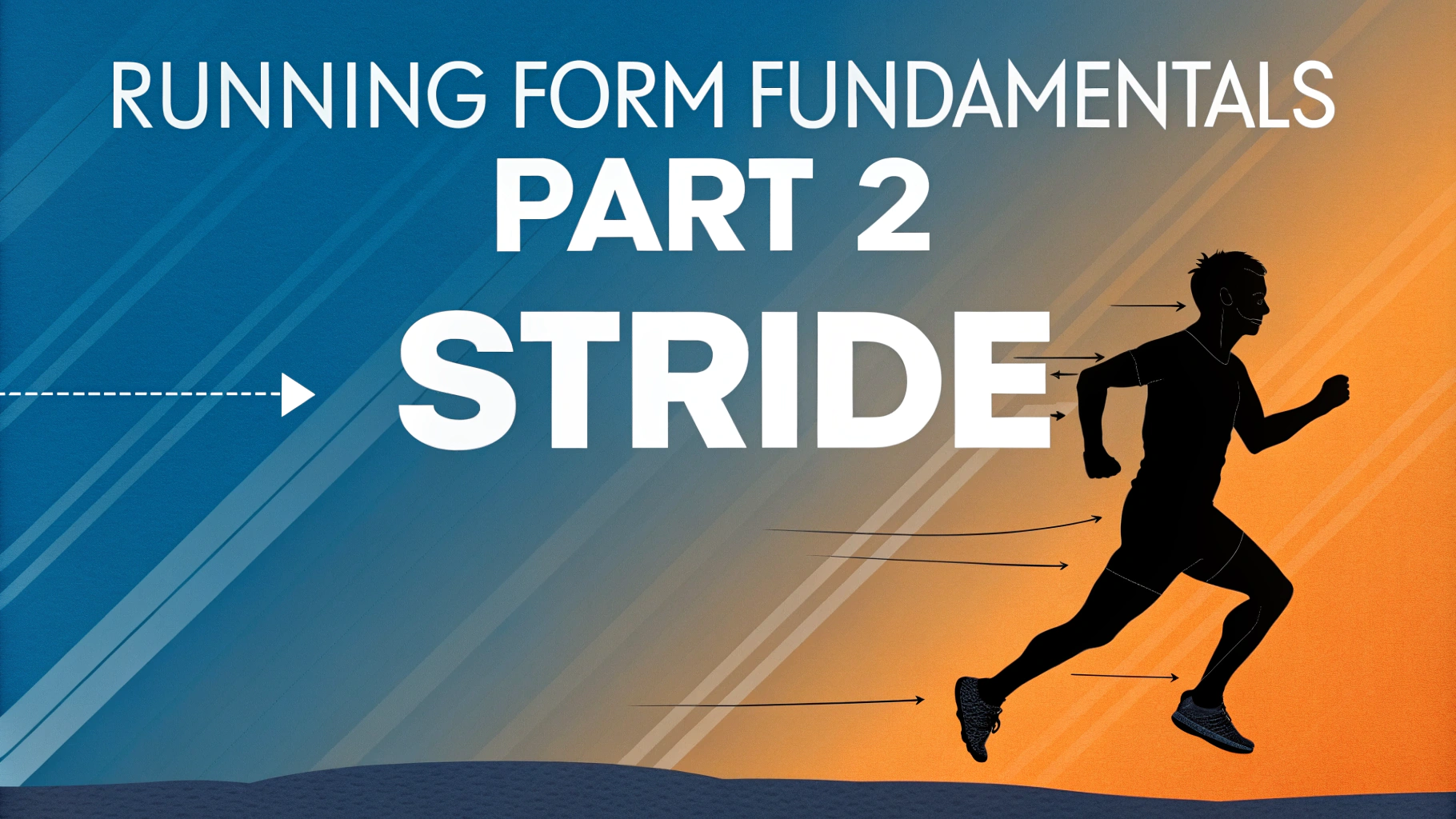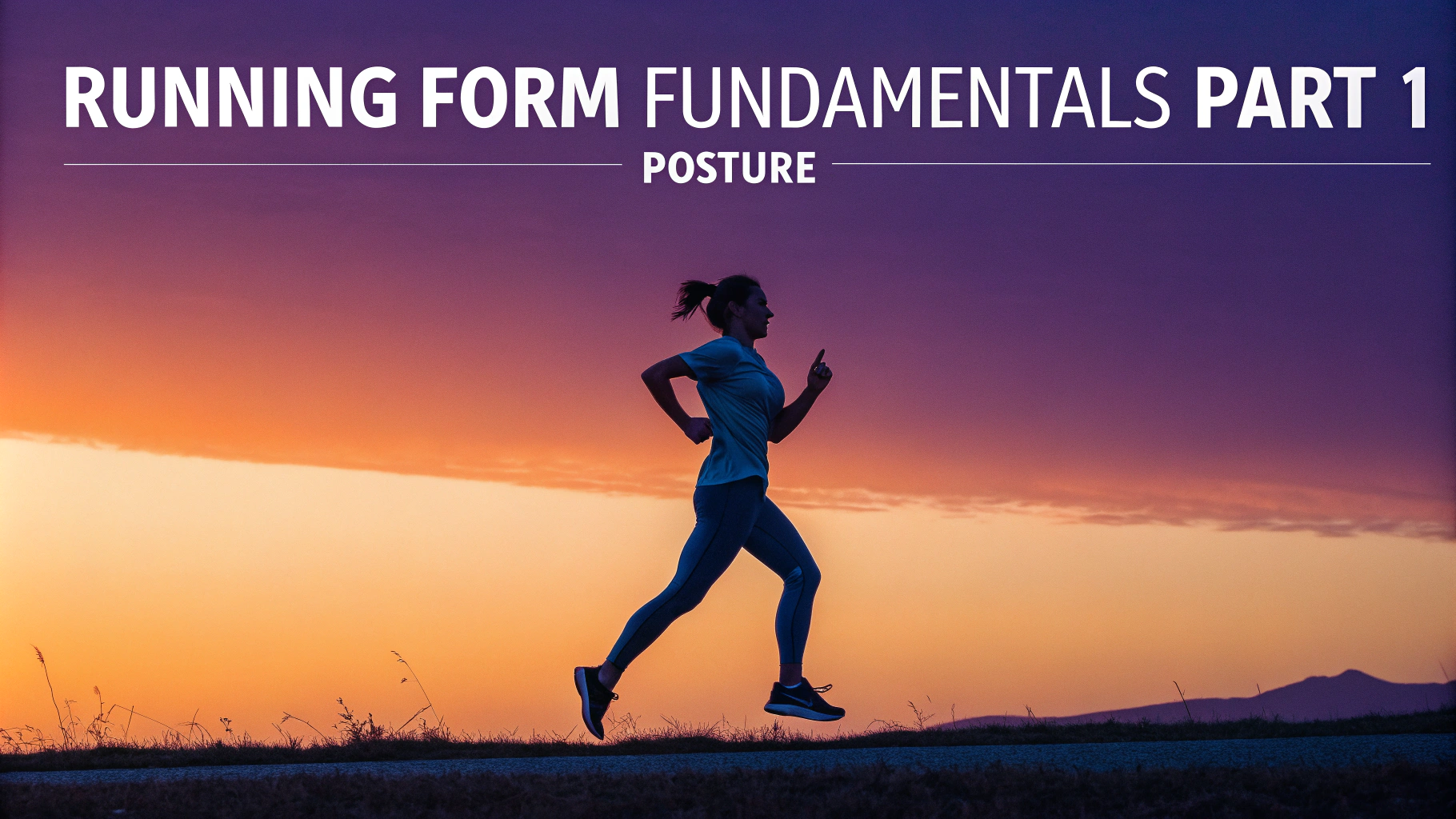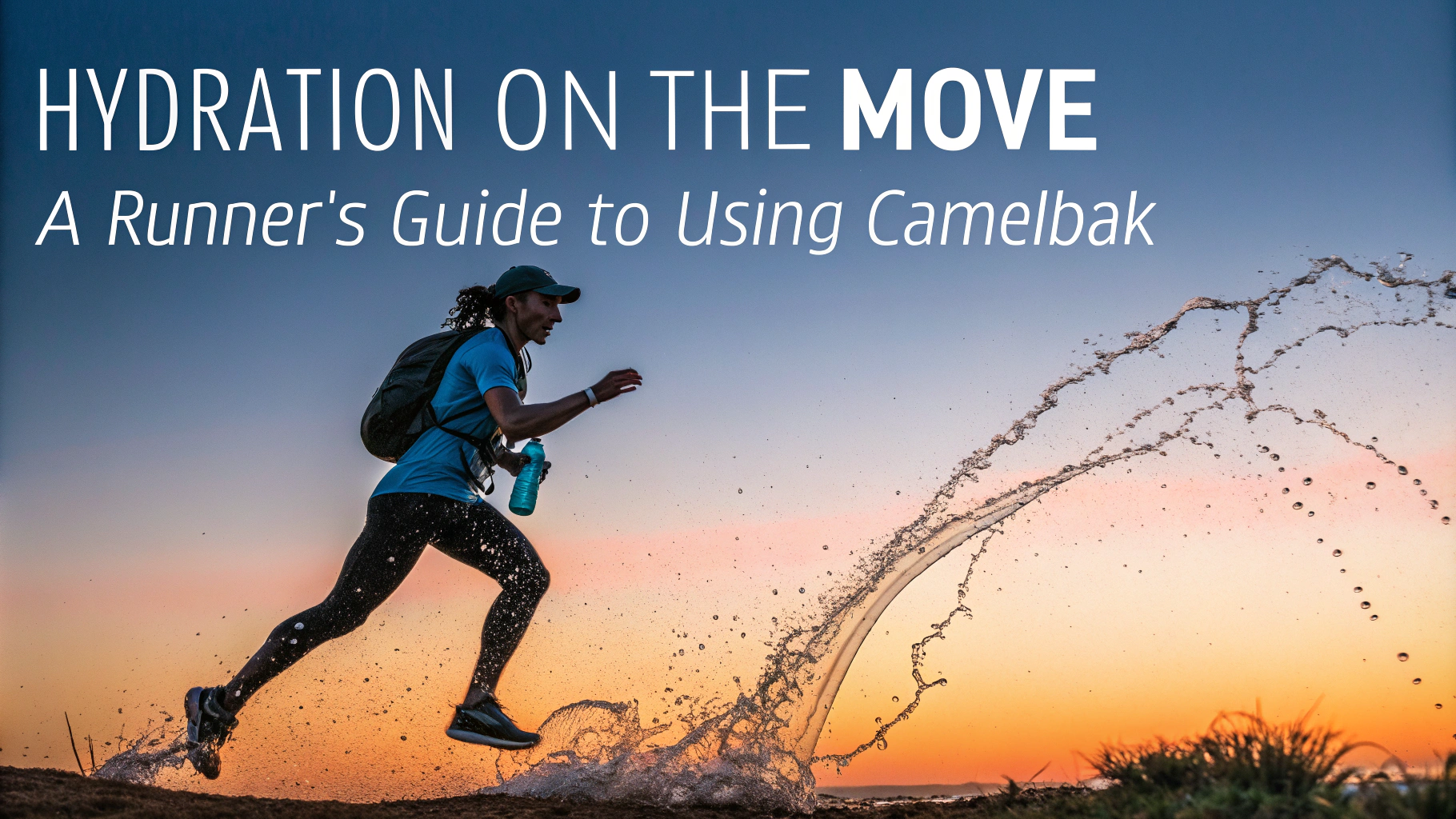Good running form starts with proper posture, which sets the foundation for efficient movement and injury prevention.
Your head position while running should remain level, with eyes focused about 10-20 feet ahead of you.
Keep your shoulders relaxed and pulled back slightly, avoiding the common mistake of hunching forward.
Your arms should swing naturally at about a 90-degree angle, moving forward and back rather than across your body.
Key Posture Points
- Stand tall with your spine straight
- Keep your core engaged but not tense
- Maintain a slight forward lean from the ankles, not the waist
- Position your hips directly under your shoulders
Common Posture Problems and Solutions
| Problem | Solution |
|---|---|
| Slouching | Practice running tall, imagining a string pulling you up from the crown of your head |
| Looking down | Focus your gaze ahead and adjust your neck position |
| Tensed shoulders | Periodically shake out your arms and consciously drop your shoulders |
A helpful exercise to check your posture is to run past a reflective storefront or have someone film you running.
Posture-Strengthening Exercises
- Planks: 30 seconds x 3 sets
- Bird dogs: 10 reps each side
- Superman holds: 15 seconds x 4 sets
- Wall stands: 1 minute
Regular practice of proper posture while walking can help reinforce good running form.
Quick Form Check
- Stand against a wall
- Make sure your head, upper back, and buttocks touch the wall
- Step forward and maintain this alignment as you begin running
For personalized form assessment, consider visiting a running specialty store or working with a certified running coach.
For professional running form analysis, contact the Road Runners Club of America to find certified coaches in your area.
Advanced Form Considerations
As your running progresses, focus on refining the subtle aspects of your form that can significantly impact performance.
Foot Strike Patterns
- Forefoot strike: Landing on the ball of your foot
- Midfoot strike: Landing flat-footed
- Heel strike: Landing on your heel first
Cadence Training
Aim for approximately 170-180 steps per minute to optimize your running efficiency and reduce impact forces.
Advanced Training Tips
| Element | Focus Area |
|---|---|
| Breathing | Develop rhythmic breathing patterns synchronized with your steps |
| Ground Contact | Minimize time spent with feet touching the ground |
| Energy Conservation | Eliminate unnecessary vertical movement |
Conclusion
Proper running form is a continuous journey of refinement and adjustment. Regular assessment and mindful practice of these techniques will lead to more efficient, enjoyable, and injury-free running.
Remember these key takeaways:
- Form should feel natural and relaxed
- Make gradual adjustments rather than dramatic changes
- Regular strength training supports good form
- Listen to your body and adjust accordingly
Note: If experiencing persistent form issues or pain, consult with a healthcare professional or certified running coach.
FAQs
1. What is the ideal running posture for maximum efficiency?
Run tall with your head up, shoulders relaxed, arms at 90 degrees, and a slight forward lean from the ankles, not the waist.
2. Should I look down at my feet while running?
No, keep your gaze forward about 10-20 feet ahead to maintain proper neck alignment and prevent strain.
3. How should my shoulders be positioned during running?
Keep shoulders low and relaxed, away from your ears, with minimal rotation to prevent tension and conserve energy.
4. What’s the correct arm swing technique while running?
Arms should swing naturally front to back (not across your body) at roughly 90 degrees, with relaxed hands and no clenched fists.
5. How do I maintain proper core engagement while running?
Keep your core engaged but not rigid, imagine pulling your navel toward your spine while maintaining natural breathing.
6. What’s the ideal forward lean angle when running?
Maintain a slight forward lean of about 5-10 degrees from the ankles, not from the hips or waist, to optimize forward momentum.
7. How can I tell if my running posture is incorrect?
Common signs include lower back pain, neck strain, side stitches, or early fatigue during runs.
8. Should my head be completely still while running?
Allow for minimal natural movement, but avoid excessive bobbing up and down or side-to-side movement.
9. How tight should I hold my hands while running?
Keep hands relaxed as if holding a potato chip without breaking it; avoid clenched fists which create unnecessary tension.
10. What role does hip position play in running posture?
Hips should be level and facing forward, not tilted or rotated, to maintain proper alignment and prevent lower back strain.










